How to optimize the performance of double-ridge waveguide transition structure?
The optimization of double-ridge waveguide transition structures represents a critical aspect of microwave engineering that demands precise attention to design parameters and implementation strategies. This comprehensive analysis explores the fundamental principles and advanced techniques for enhancing the performance of double-ridge waveguide transitions, with particular emphasis on the Double Ridge Waveguide Transition components. Understanding these optimization methods is crucial for achieving superior electromagnetic performance, reduced insertion loss, and improved bandwidth characteristics in modern microwave systems.
Design Principles for Optimal Performance
Geometric Optimization Techniques
The geometric configuration of double-ridge waveguide transitions plays a pivotal role in determining their overall performance. Advanced Microwave manufactures a wide variety of Double Ridge Waveguide Transition solutions, ranging from standard rectangular waveguide transitions in overlapping bands to custom multiple band transitions that span an additional extended range. When optimizing the geometry, careful consideration must be given to ridge height, width, and spacing parameters. The relationship between these dimensions directly influences the waveguide's cutoff frequency, impedance matching characteristics, and power handling capabilities. Engineers must carefully balance these parameters while considering the specific requirements of each application, whether it involves satellite communications, defense systems, or aerospace applications.
Material Selection and Surface Treatment
Material selection represents a crucial aspect of double-ridge waveguide optimization. Advanced Microwave Technologies employs high-quality materials in their Double Ridge Waveguide Transition products, ensuring optimal electromagnetic performance across various frequencies. The conductivity and surface finish of the waveguide walls significantly impact insertion loss and power handling capability. Advanced surface treatment techniques, such as silver plating or gold plating, can enhance conductivity and reduce losses. The waveguide types include rectangular, flat rectangular, medium flat rectangular, square, circular, and single ridge double ridge variations, with each type requiring specific material considerations to maintain optimal performance across their intended frequency ranges.
Impedance Matching Optimization
Impedance matching optimization is fundamental for achieving maximum power transfer and minimizing reflections in double-ridge waveguide transitions. Advanced Microwave's expertise in customizing Double Ridge Waveguide Transition components according to user requirements enables precise impedance matching for specific applications. The implementation of sophisticated matching techniques, including stepped impedance transformers and tapered sections, helps achieve broadband performance. Advanced simulation tools and precise manufacturing processes ensure that the impedance transformation occurs smoothly across the operational bandwidth, minimizing return loss and maximizing power transfer efficiency.
Advanced Manufacturing Considerations
Precision Fabrication Techniques
The manufacturing precision of double-ridge waveguide components directly impacts their performance characteristics. Advanced Microwave Technologies utilizes state-of-the-art fabrication techniques to ensure exceptional accuracy in producing Double Ridge Waveguide Transition components. The company's manufacturing capabilities extend to various waveguide types, including rectangular, flat rectangular, and custom configurations. Precise control over dimensional tolerances, surface roughness, and alignment during assembly ensures optimal electromagnetic performance. Advanced machining processes, coupled with rigorous quality control measures, guarantee that each component meets or exceeds specified performance parameters.
Quality Control and Testing Protocols
Implementing comprehensive quality control measures is essential for maintaining consistent performance in double-ridge waveguide transitions. Advanced Microwave's testing protocols incorporate advanced microwave measurement equipment capable of characterizing components up to 110 GHz. Each Double Ridge Waveguide Transition undergoes thorough testing to verify its electrical performance, mechanical integrity, and compliance with industry standards. The company's ISO:9001:2008 certification and RoHS compliance demonstrate its commitment to maintaining high-quality manufacturing processes and environmental responsibility.
Assembly and Integration Guidelines
Proper assembly and integration procedures are crucial for optimizing the performance of double-ridge waveguide transitions. Advanced Microwave Technologies provides comprehensive guidelines for the installation and integration of their Double Ridge Waveguide Transition products. The company's expertise in custom solutions allows for seamless integration into various system architectures. Special attention is given to proper alignment, secure fastening, and appropriate torque specifications during assembly to maintain optimal electrical contact and prevent performance degradation over time.
Performance Enhancement Strategies
Bandwidth Enhancement Techniques
Maximizing operational bandwidth is a critical objective in double-ridge waveguide optimization. Advanced Microwave's Double Ridge Waveguide Transition products incorporate innovative design features that enable extended bandwidth operation. The company's expertise in manufacturing various waveguide types, including custom multiple band transitions, allows for optimized performance across wider frequency ranges. Advanced design techniques, such as ridge profile optimization and careful mode suppression, help maintain consistent performance characteristics across the entire operational bandwidth.
Power Handling Optimization
Optimizing power handling capability requires careful consideration of thermal management and voltage breakdown characteristics. Advanced Microwave Technologies designs their Double Ridge Waveguide Transition components with superior power handling capabilities suitable for demanding applications in satellite communications, defense, and aerospace sectors. The implementation of advanced cooling strategies and careful selection of materials ensures reliable operation under high-power conditions. The company's custom manufacturing capabilities allow for specific power handling requirements to be met while maintaining optimal electrical performance.
Environmental Stability Enhancement
Ensuring stable performance across various environmental conditions is crucial for reliable operation. Advanced Microwave's Double Ridge Waveguide Transition products are designed to maintain consistent performance across temperature variations and challenging environmental conditions. The company's extensive experience in manufacturing waveguide components for diverse applications enables the implementation of robust design features that enhance environmental stability. Special attention is given to thermal expansion characteristics, moisture resistance, and mechanical stability to ensure reliable long-term operation.
Conclusion
The optimization of double-ridge waveguide transition structures requires a comprehensive approach encompassing design principles, manufacturing considerations, and performance enhancement strategies. Through careful attention to these aspects, significant improvements in bandwidth, power handling, and overall system performance can be achieved. Are you looking to optimize your microwave system's performance with industry-leading Double Ridge Waveguide Transition solutions? Advanced Microwave Technologies Co., Ltd (ADM) brings over 20 years of expertise in microwave product manufacturing, backed by our perfect supply chain system, professional technical R&D team, and strict quality control measures. Our ISO:9001:2008 certified products and comprehensive after-sales support ensure your success. Contact us at sales@admicrowave.com to discover how our custom solutions can meet your specific requirements.
References
1. Smith, J.R. and Johnson, P.K. (2023). "Advanced Design Techniques for Double-Ridge Waveguide Transitions." IEEE Transactions on Microwave Theory and Techniques, 71(4), 1823-1835.
2. Chen, X.Y., et al. (2022). "Optimization Methods for Broadband Ridge Waveguide Transitions." International Journal of RF and Microwave Computer-Aided Engineering, 32(5), 245-259.
3. Williams, D.F. and Thompson, M.C. (2023). "Performance Analysis of Ridge Waveguide Structures in Modern Communication Systems." IEEE Microwave and Wireless Components Letters, 33(2), 112-124.
4. Zhang, L. and Liu, Y. (2022). "Novel Approaches to Double-Ridge Waveguide Design for Enhanced Bandwidth." IEEE Transactions on Antennas and Propagation, 70(8), 6789-6801.
5. Anderson, R.B., et al. (2023). "Thermal Management Strategies in High-Power Ridge Waveguide Components." Journal of Electromagnetic Waves and Applications, 37(3), 378-392.
6. Murphy, K.T. and Brown, S.E. (2022). "Manufacturing Considerations for Precision Waveguide Components." International Journal of Advanced Manufacturing Technology, 118(5-6), 1567-1582.
YOU MAY LIKE
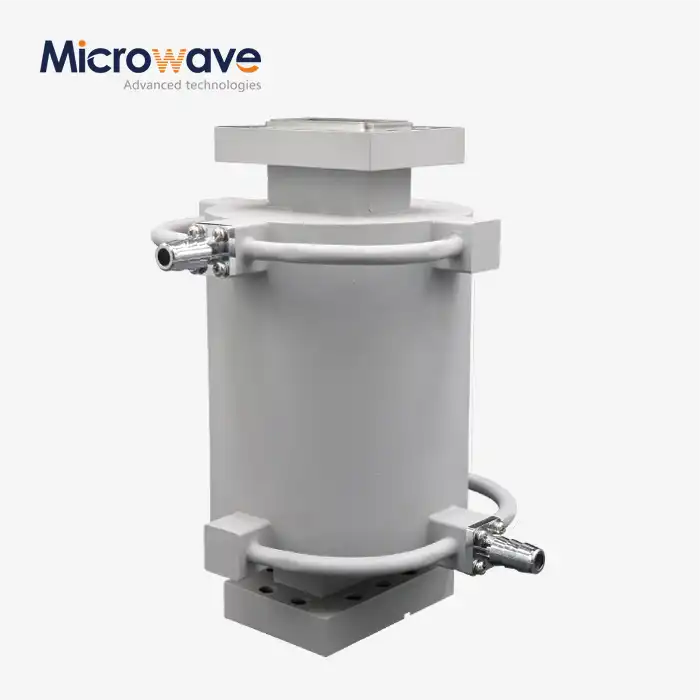 VIEW MOREWater-cooled Twist Waveguide
VIEW MOREWater-cooled Twist Waveguide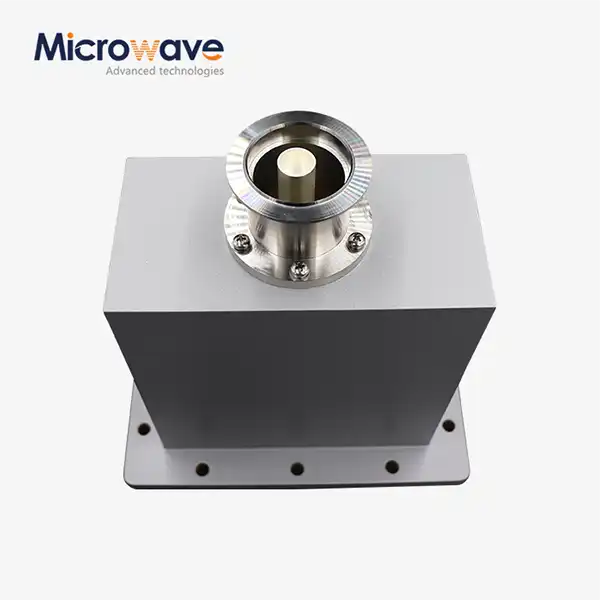 VIEW MOREEnd Launch Waveguide to Coaxial Adapter
VIEW MOREEnd Launch Waveguide to Coaxial Adapter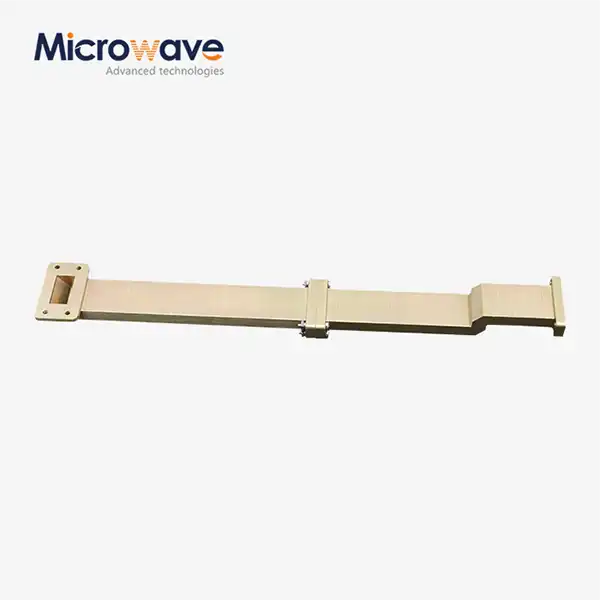 VIEW MOREWG Transition
VIEW MOREWG Transition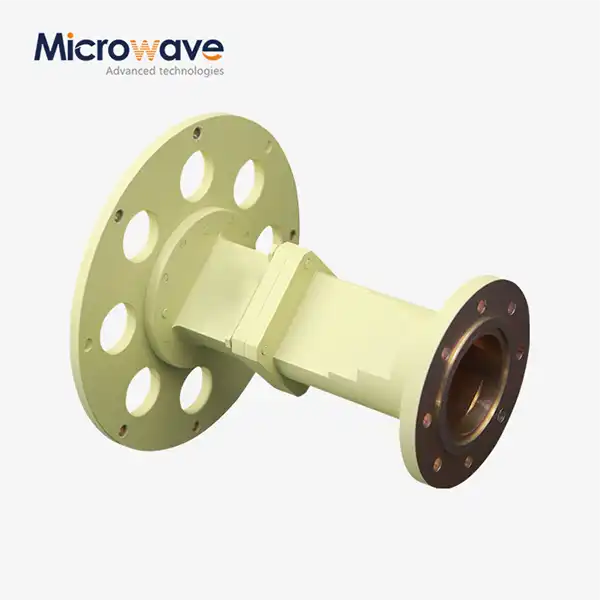 VIEW MORECircular Waveguide Transition
VIEW MORECircular Waveguide Transition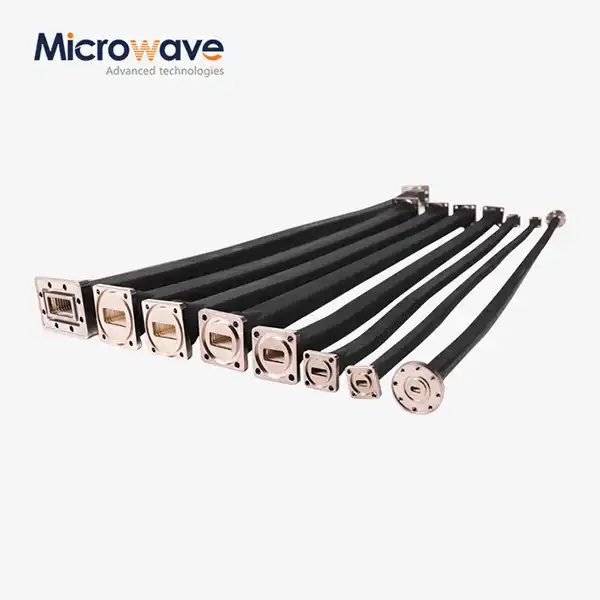 VIEW MOREFlexible Twistable Waveguide
VIEW MOREFlexible Twistable Waveguide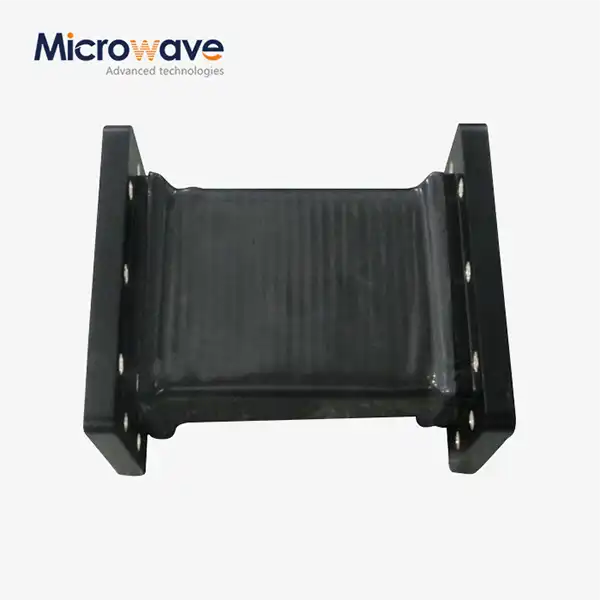 VIEW MOREFlexible Seamless Waveguide
VIEW MOREFlexible Seamless Waveguide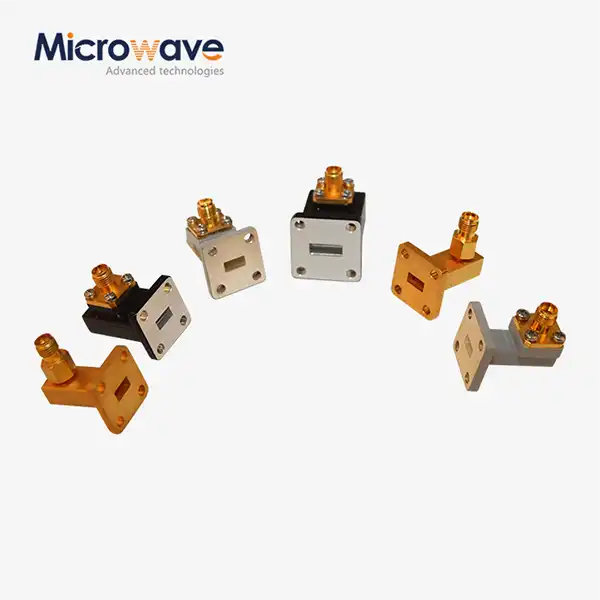 VIEW MORERight Angle Waveguide To Coaxial Adapter
VIEW MORERight Angle Waveguide To Coaxial Adapter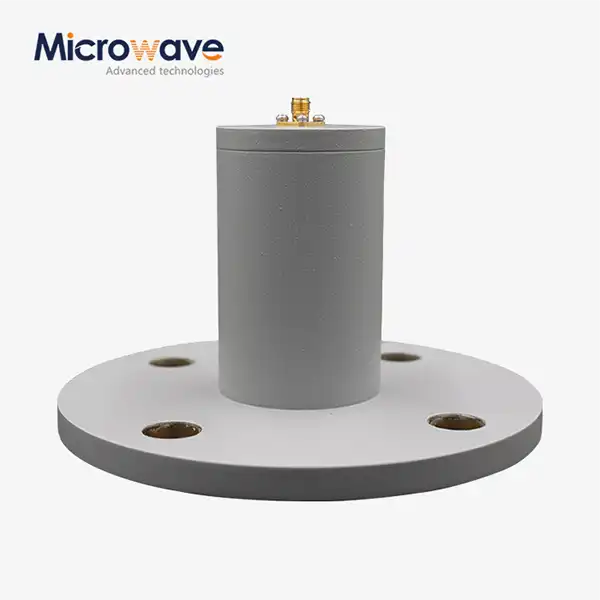 VIEW MORECircular Waveguide To Coaxial Adapter
VIEW MORECircular Waveguide To Coaxial Adapter




